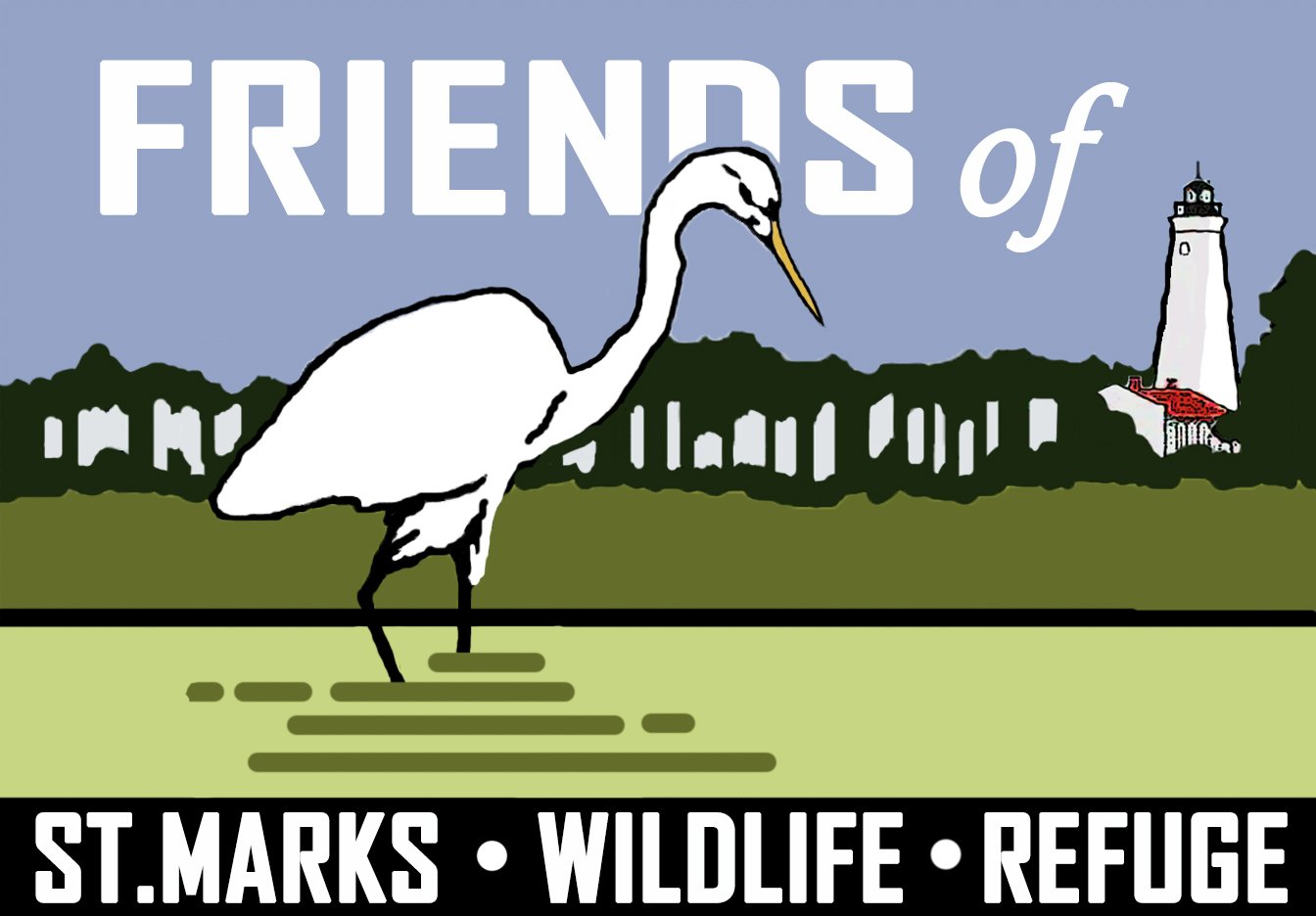Winter at St. Marks NWR on the Northern Gulf coast is stuttering and episodic. Cold weather comes and goes on an irregular schedule. On Monday, last week, I scrunched through frost as I walked along a levee trying to keep warm while waiting for the sun to rise. I was out later in the week and leopard frogs were calling in the predawn darkness.
The winter duck season operates on its own schedule and my mid-January survey showed that overall duck numbers have started to drop. Duck numbers have been higher than average this winter and they normally begin their seasonal drop in February. However, Green-winged Teal, usually the most common species on the interior ponds, have started moving early. They are still common on the refuge, but their numbers have decreased by seventy percent, bringing the refuge’s overall duck population down.
Even with duck numbers beginning to drop, they are still showing high species diversity in what has been a good duck winter. A total of thirty-six waterfowl species have occurred on the refuge, including such rarities as Brant, Tundra Swan and Eurasian Wigeon. Twenty-five waterfowl species have been reported at the refuge this January, which is more than we normally record in a season.
Shorebird numbers have also been higher than normal this winter. The refuge’s shorebird numbers will start dropping in March, but are more complicated. As the refuge’s wintering shorebirds begin to leave, overall numbers at the refuge will be propped up by shorebird species that wintered in South America and pass through on their way back to the arctic. By contrast, most ducks winter in the US and Mexico and fewer of them migrate North through the refuge.
We had a deep freeze in late December and trees that would have carried some of their leaves through a milder winter are now bare. This is a temporary situation and when the begin to leaf out in late February, we will have a glorious Spring as the new leaves come out in more shades of green than Crayola has names for.
I stopped to walk at the Double Bridges recently. At first there were only woodpeckers calling and climbing along trunks and branches; Downies, Red-bellies and a Yellow-bellied Sapsucker. I continued walking and found no other birds, until I saw a small bird flitting in the top of a bare oak. It was a Blue Gray Gnatcatcher and the leading bird in a small mixed-species feeding flock moving through the trees. Within the next ten minutes I found chickadees, titmice, Blue-headed Vireo, Ruby-crowned Kinglet and a quartet of warblers; Pine, Orange-crowned, Yellow-throated, Black-and-White. Remembering to look down, I saw a Hermit Thrush and five Rusty Blackbirds.
Ponds full of ducks, mudflats covered with shorebirds and songbird feeding flocks, are some of the hallmarks of winter at St. Marks. Change is coming as Spring migration builds up. Meanwhile, it is enough to enjoy the winter season at the refuge on days that may be warm or cold.

